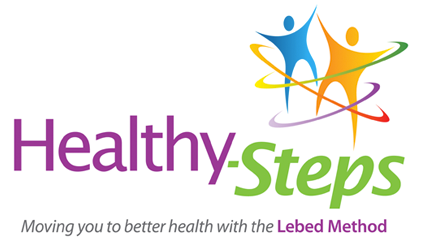When I attend classes and workshops or watch tapes, I make sure I pick up some tidbit of information that helps me improve my own dancing or make me a better teacher, even if I don’t learn a new pattern. Sometimes I learn a new way to fix an old step, other times it’s a better way to lead/follow. Often times, these tips are simply new ways to visualize or explain a movement. And there are always terminology clarifications and standardizations. I pass these on to you, in no particular order, in hopes that you can also learn from them. My thanks to all the instructors/coaches/judges who have shared their knowledge.
* Count that day lost when you do not learn something.
* Don’t clutch your partner’s hands: no one is leaving.
* Feet move faster than bodies, so we must begin movement with our bodies. FFF–feet follow frame.
* Hooks=cross foot in back, cross=cross foot in front.
* Slow counts have two full beats: use them.
* Don’t slide your feet; you can’t get your body’s center over your foot fast
enough.
* It is not a crime to be a beginner, only to look like one.
* Followers: there should be no air between your legs when you turn.
* Followers: leave your arms where the leader put them; don’t drop them, raise them, grab for a hand, go for closed position, etc.
* Leader: don’t hulk or loom over partner; follower: don’t drape or hang all over partner.
* Leaders always ASK their partners to do something, not TELL them.
* Technique is the way we execute a step; if a step works more easily or looks smoother a certain way, then that technique IS better. Style is how we look when we execute a step; it is a personal choice, not right or wrong.
* Leaders: if your partner gets too far away from you on turns, it’s probably your fault; you gave the follower too much arm length.
* There are three types of leads. In order of use, they are: physical, visual, verbal. Physical leads use your body to move or stop your partner; visual leads present a hand to your partner, usually from an open position, when you do not have multiple points of contact; verbal leads are primarily for flips and lifts, to assure that your partner is ready. * Followers wear a halo (slightly tarnished) when they dance. Leaders should gently polish the halo to lead turns.
* Beginners make mistakes; advanced dancers syncopate.
* Two important notes on pivots: 1) Pivots always turn in the direction of the foot that is in front, whether the pivot goes forward or backward; 2) the standing foot always ends facing forward.
* In music, the base drum hits the downbeat, the snare drum the upbeat.
* 75% of mistakes are made by followers; 95% of these are caused by bad leads.
* If there are no beats to the music, don’t take steps; do body movements.
* While your partner sees you from the front, everyone else sees you from the back; be sure your frame and shape look good to your audience.
* Close=feet together but no weight change (touch); together=change weight as you bring feet together.
* Whenever possible, get body rather than hand contact for leads.
* A new move may feel unfamiliar; however, if it feels uncomfortable, it’s probably wrong.
* No, everyone is NOT looking at you. You should be so lucky!




